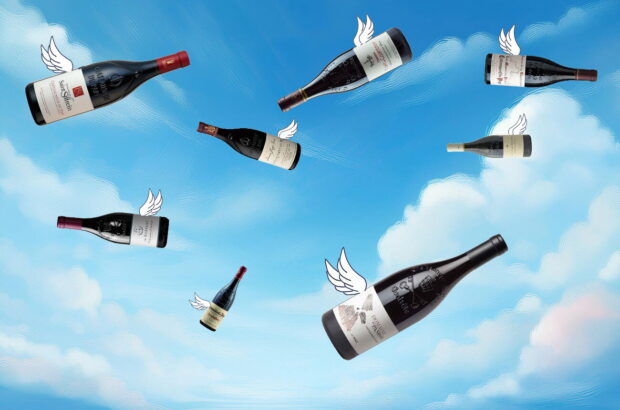There is rising concern in Bordeaux about an Asian fruit fly that causes sour rot in vineyards, although it is not expected to significantly impact the 2014 harvest.
The fly, known as Drosophila suzukii (pictured), was first spotted in France in 2010 and has this year, for the first time, been found in Sauternes and on Bordeaux’s right bank.
Winemakers in Burgundy have also reported problems in recent weeks, while producers in Italy’s Veneto region last year expressed concern about the insects’ ability to ruin grapes.
‘The concern right now is that we know very little about the life cycle of the fly beyond that it reproduces rapidly,’ said Charles Chevallier, technical director of Lafite owner Domaines Barons de Rothschild.
‘Research is ongoing and will take some time, but what we have seen so far is potentially alarming,’ he said.
He added the flies have not yet been found in the company’s Medoc estates, but there has been a limited impact at its Chateau Rieussec in Sauternes and at L’Evangile in Pomerol.
According to France’s agricultural research agency, INRA, the main concern with Drosophila suzukii is that, unlike traditional fruit flies, which tend to feast on rotten fruit, this newer breed attacks berries that are still maturing.
It is believed the flies lay eggs inside the healthy fruit and larvae then feed on the grapes. There is so far no effective treatment.
To date, the flies have hit soft fruit farmers hardest. INRA has reported 80% crop losses for some farmers in south west France.
Muriel Barthe, technical director at the Bordeaux Wine Bureau (CIVB), said the flies have been more visible in 2014 than previously. But, she added that, in general, ‘there has been very little pressure from rot due to the warm and dry September’.
The flies were first identified in Asia in 1931 and were reported in Europe for the first time in 2008, in Spain.
Related News:
Written by Jane Anson in Bordeaux







